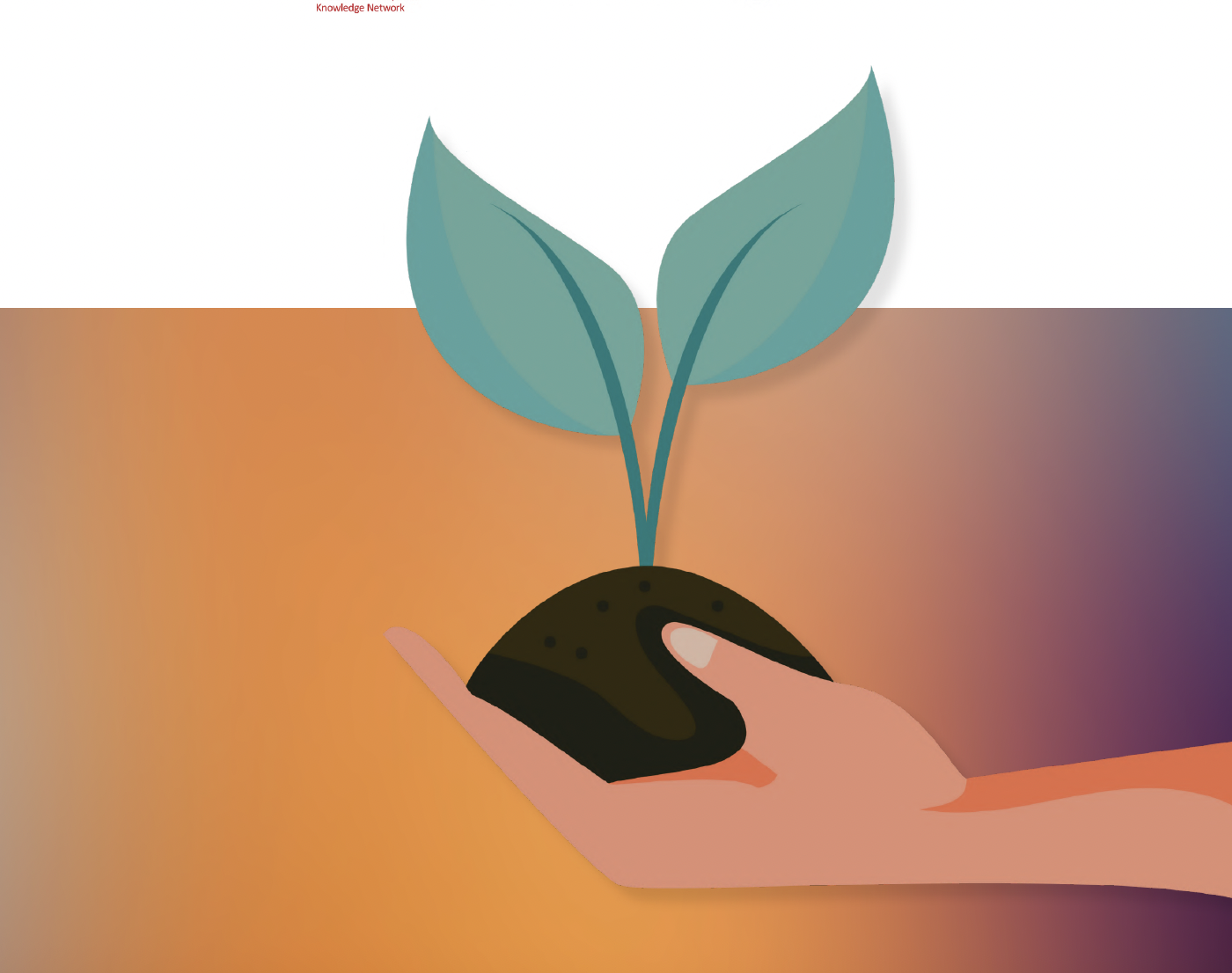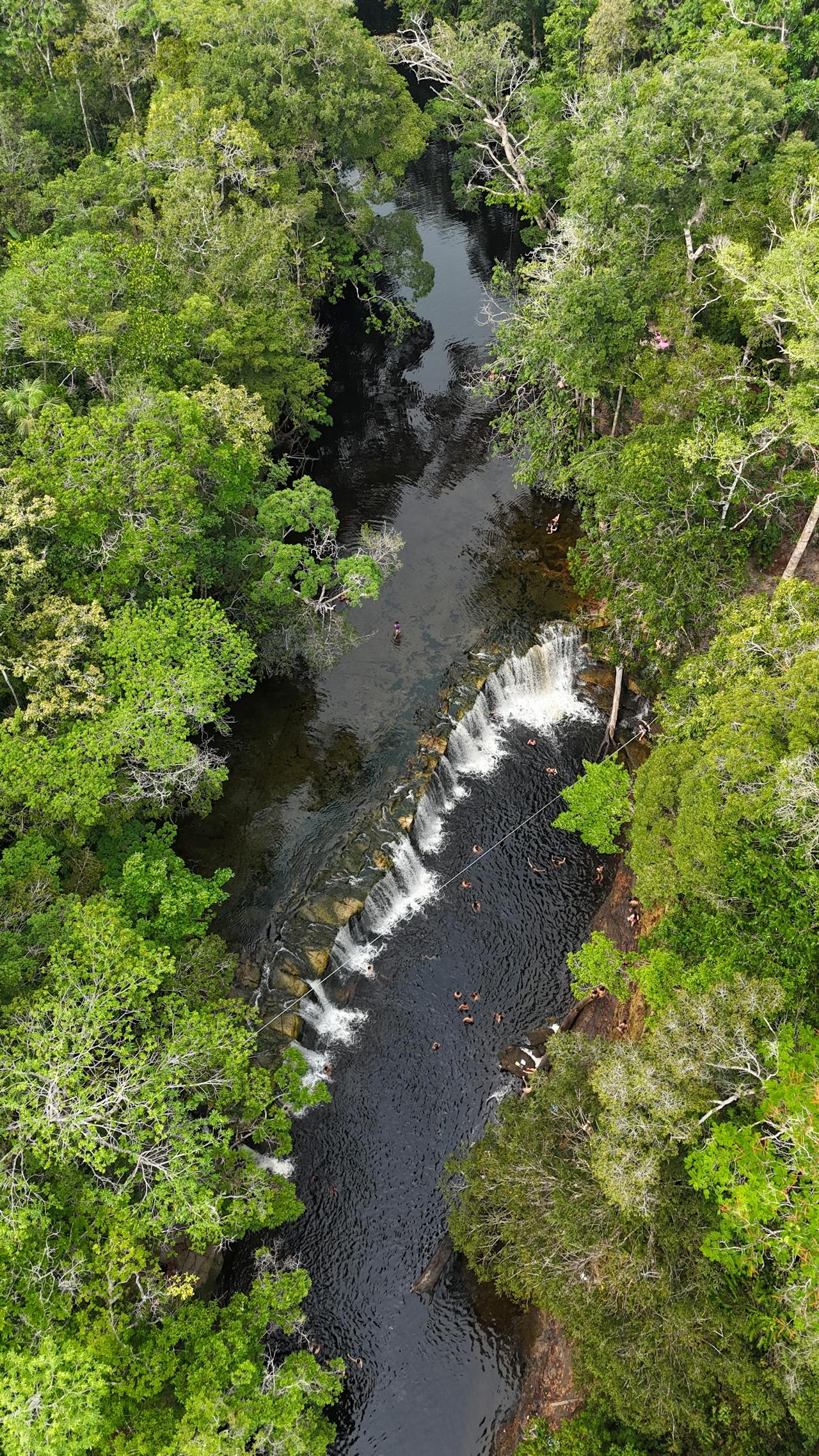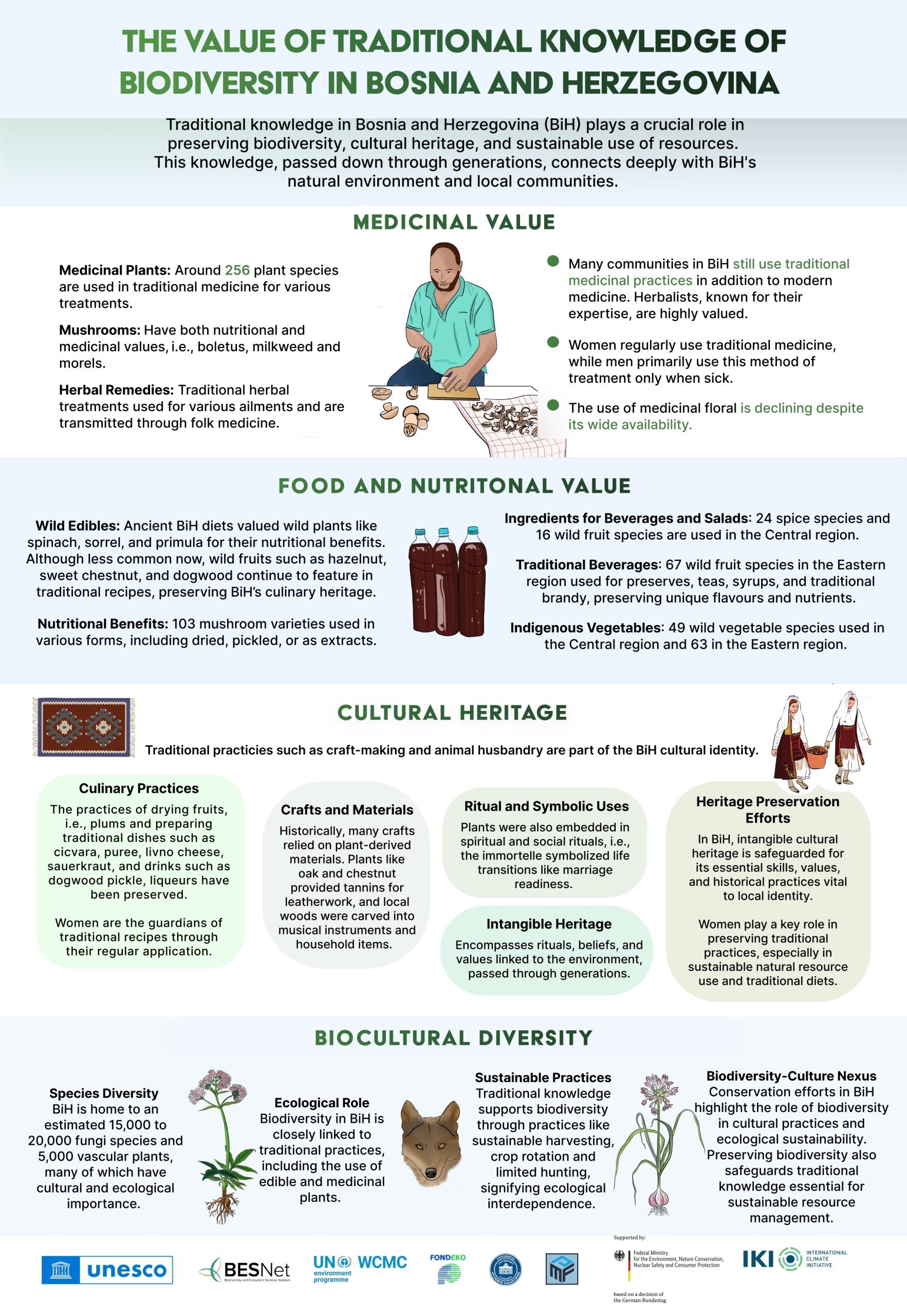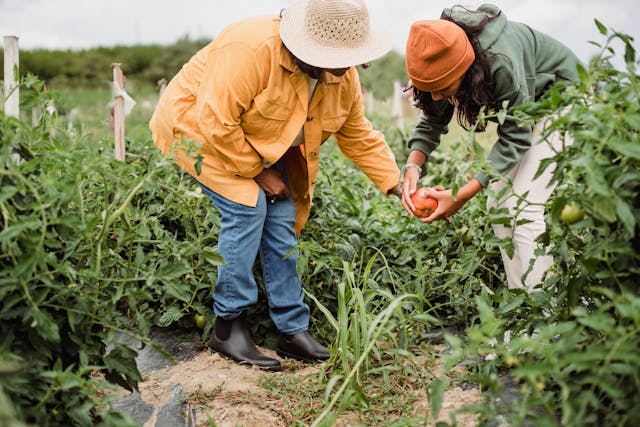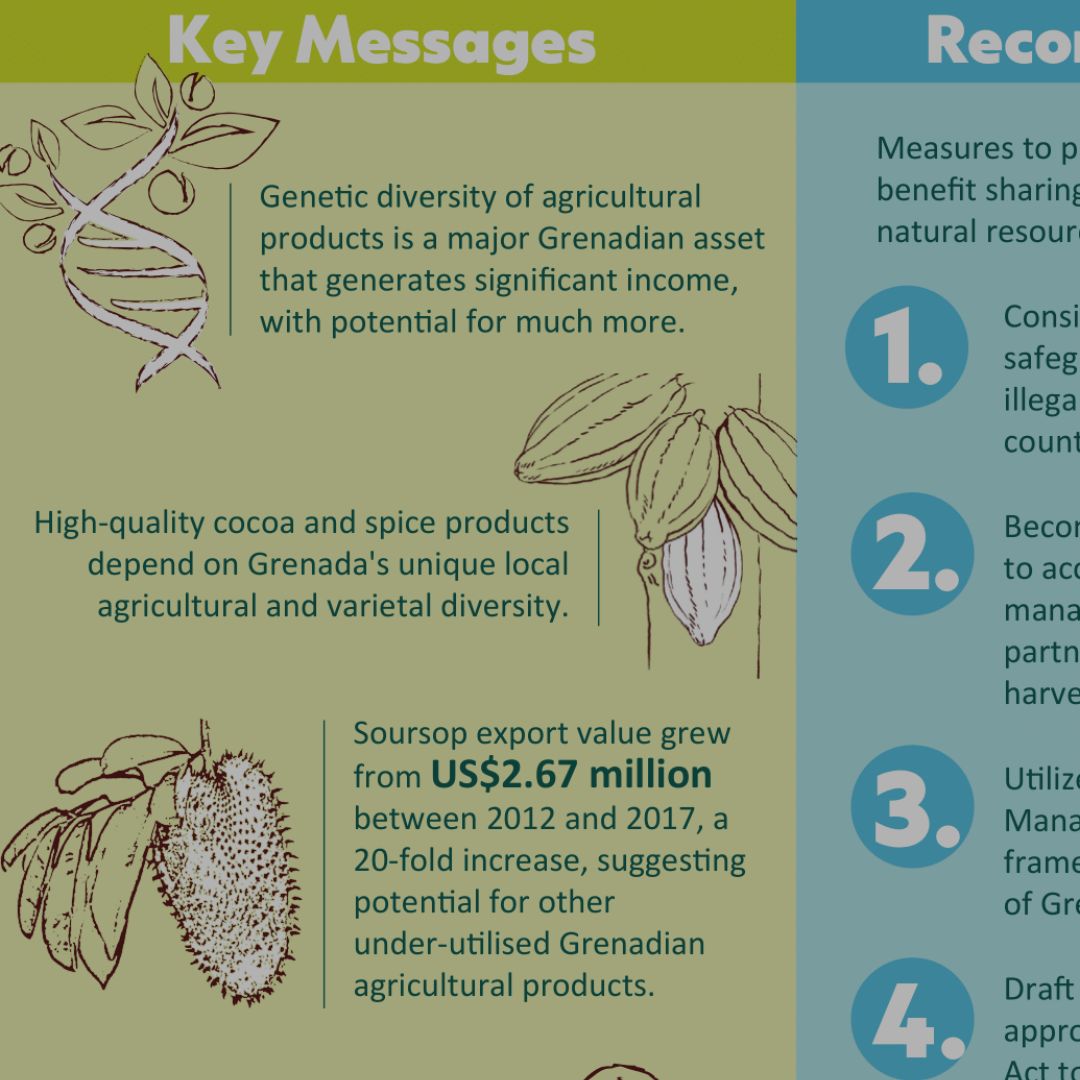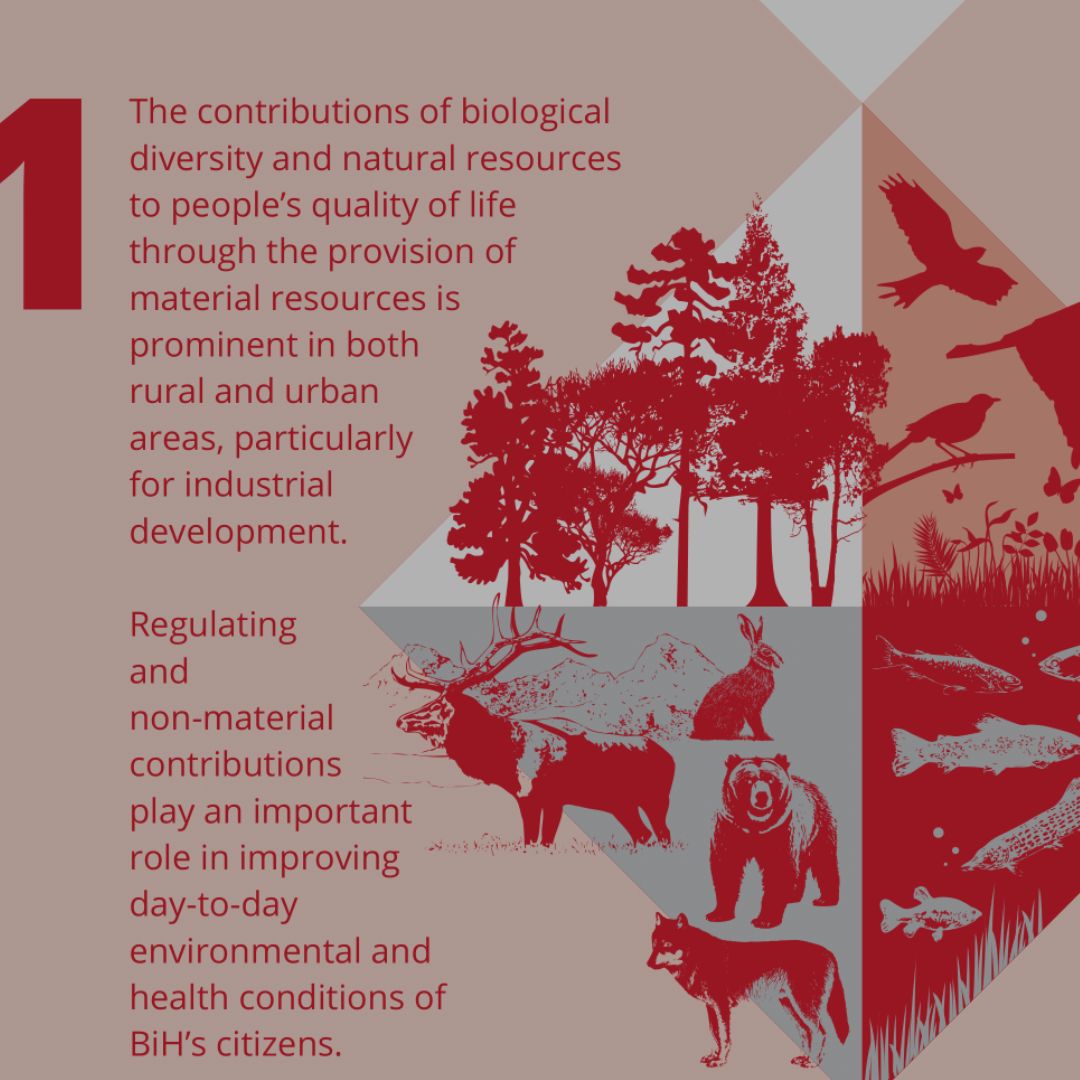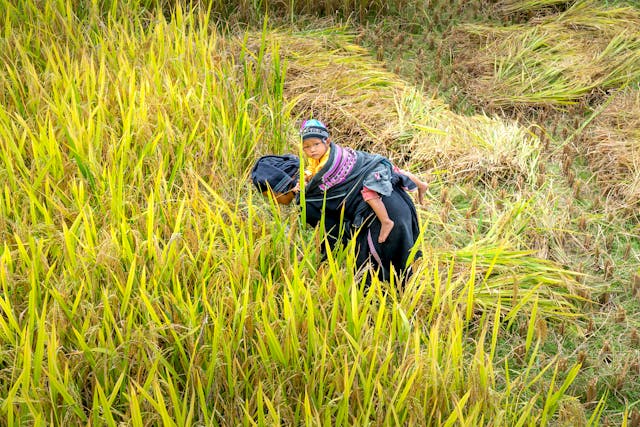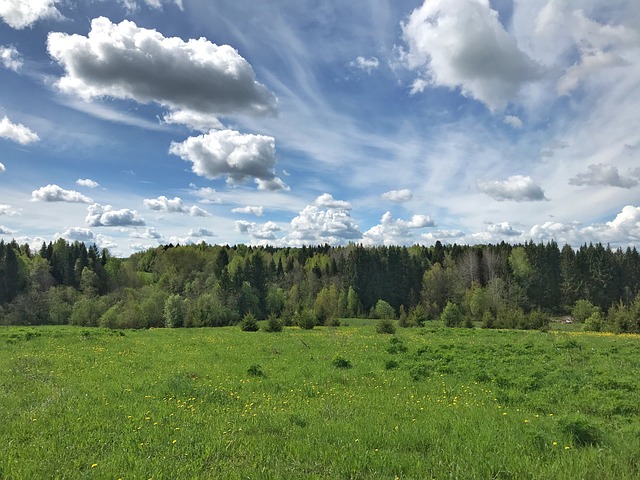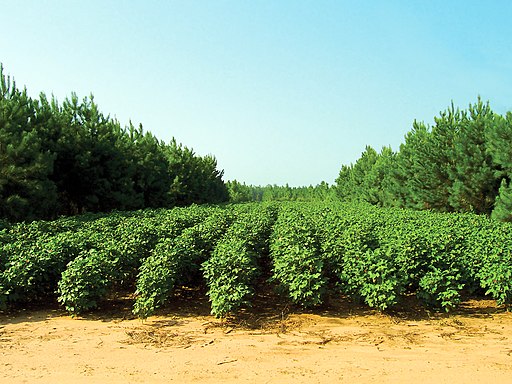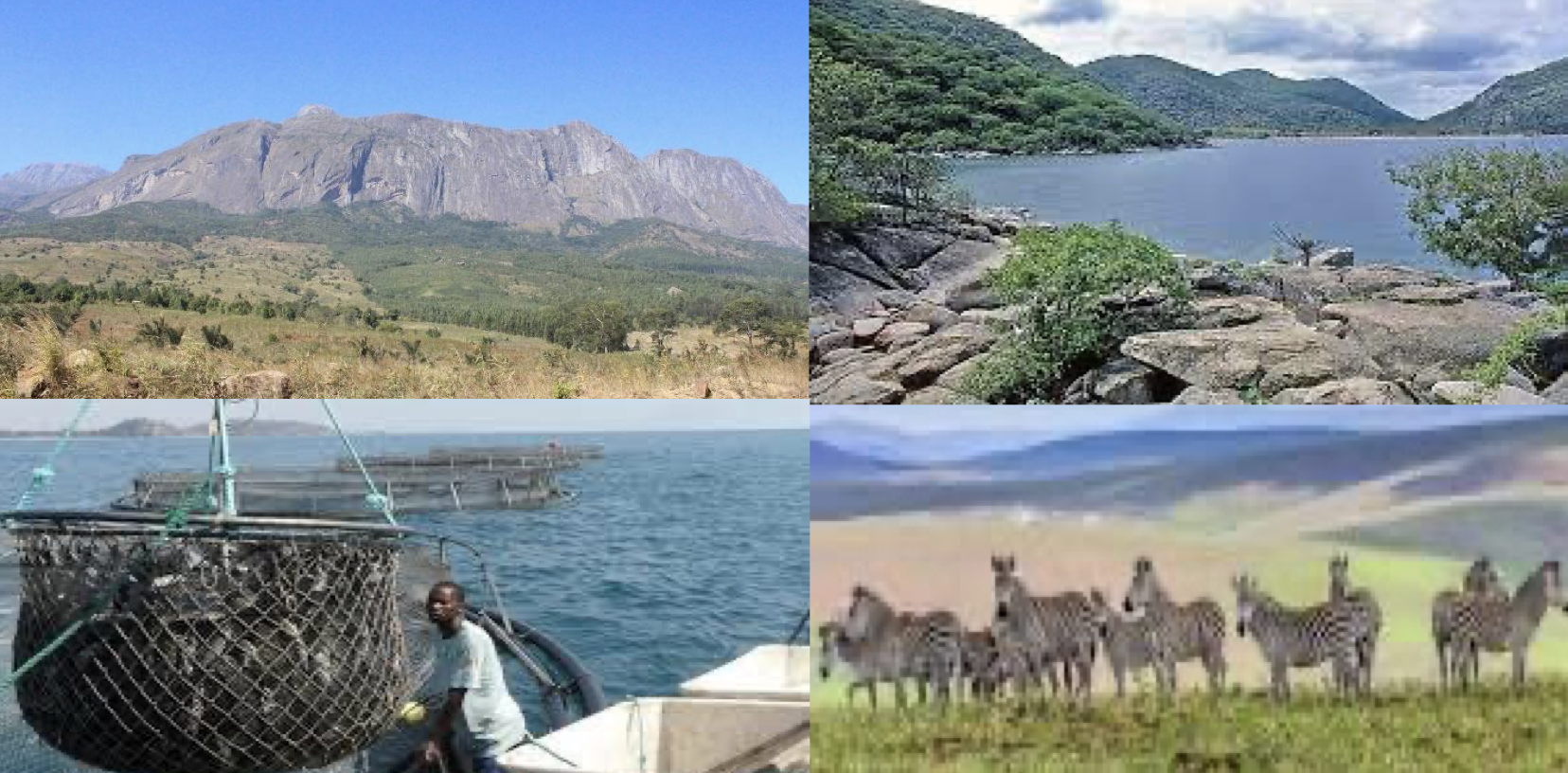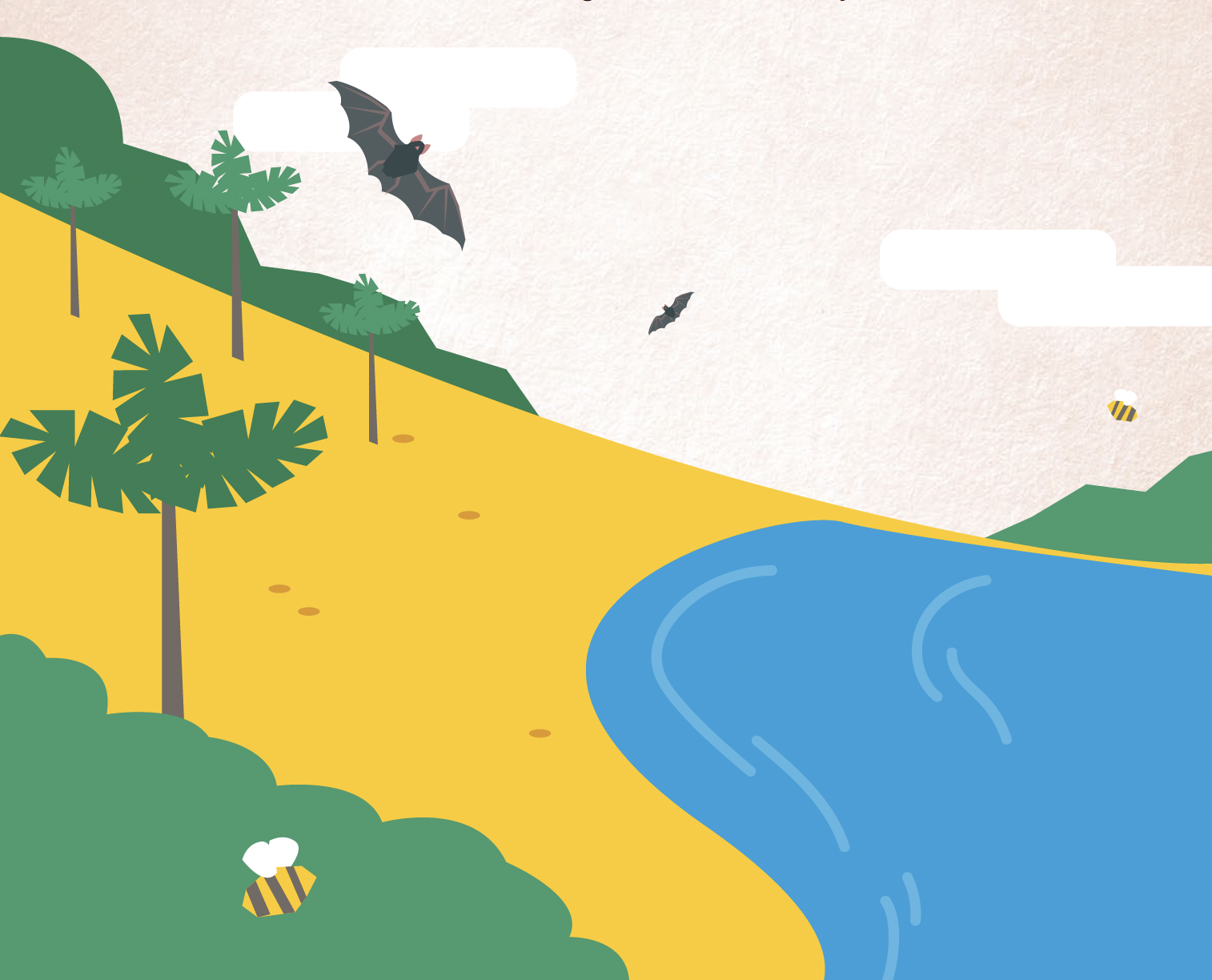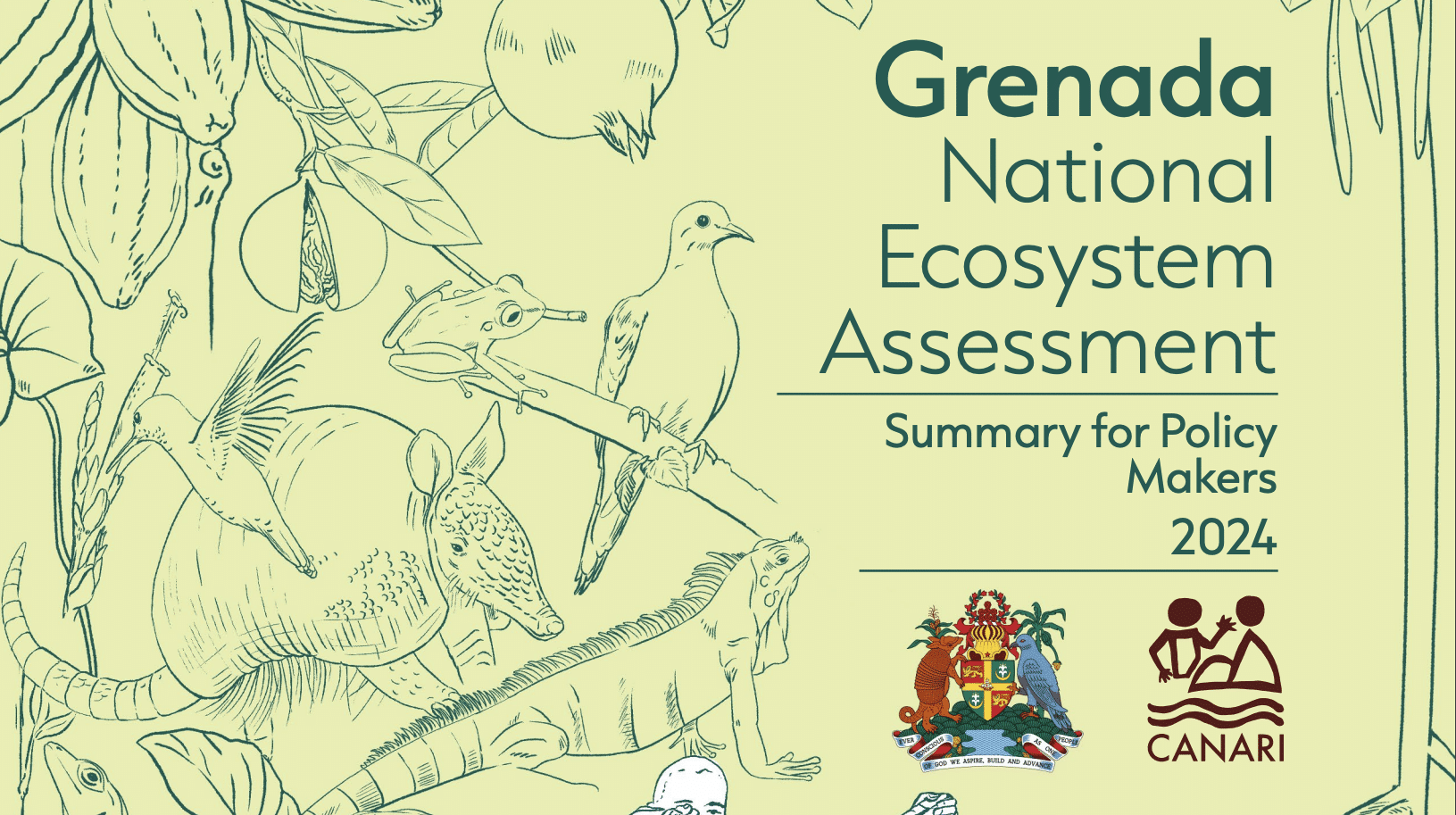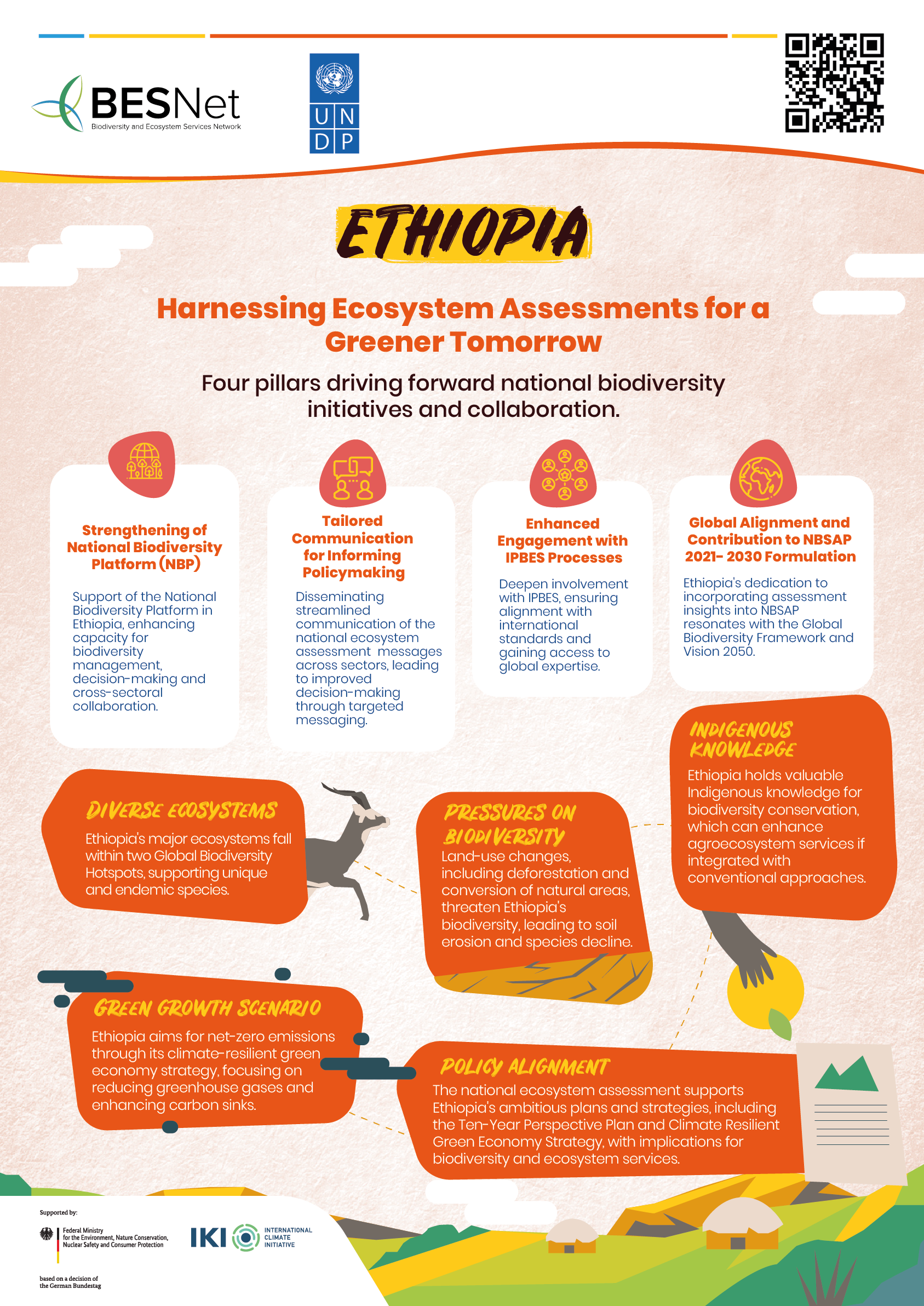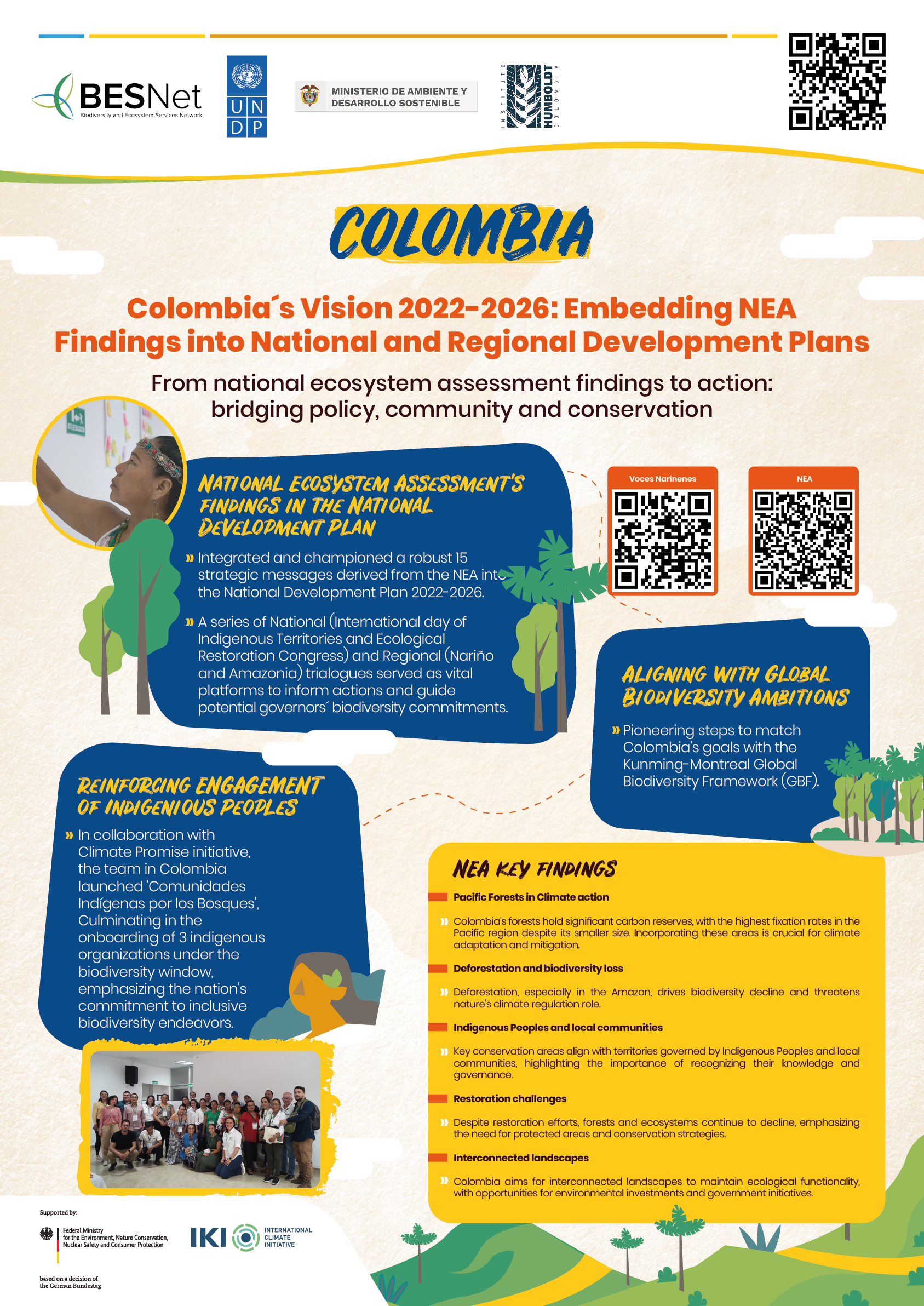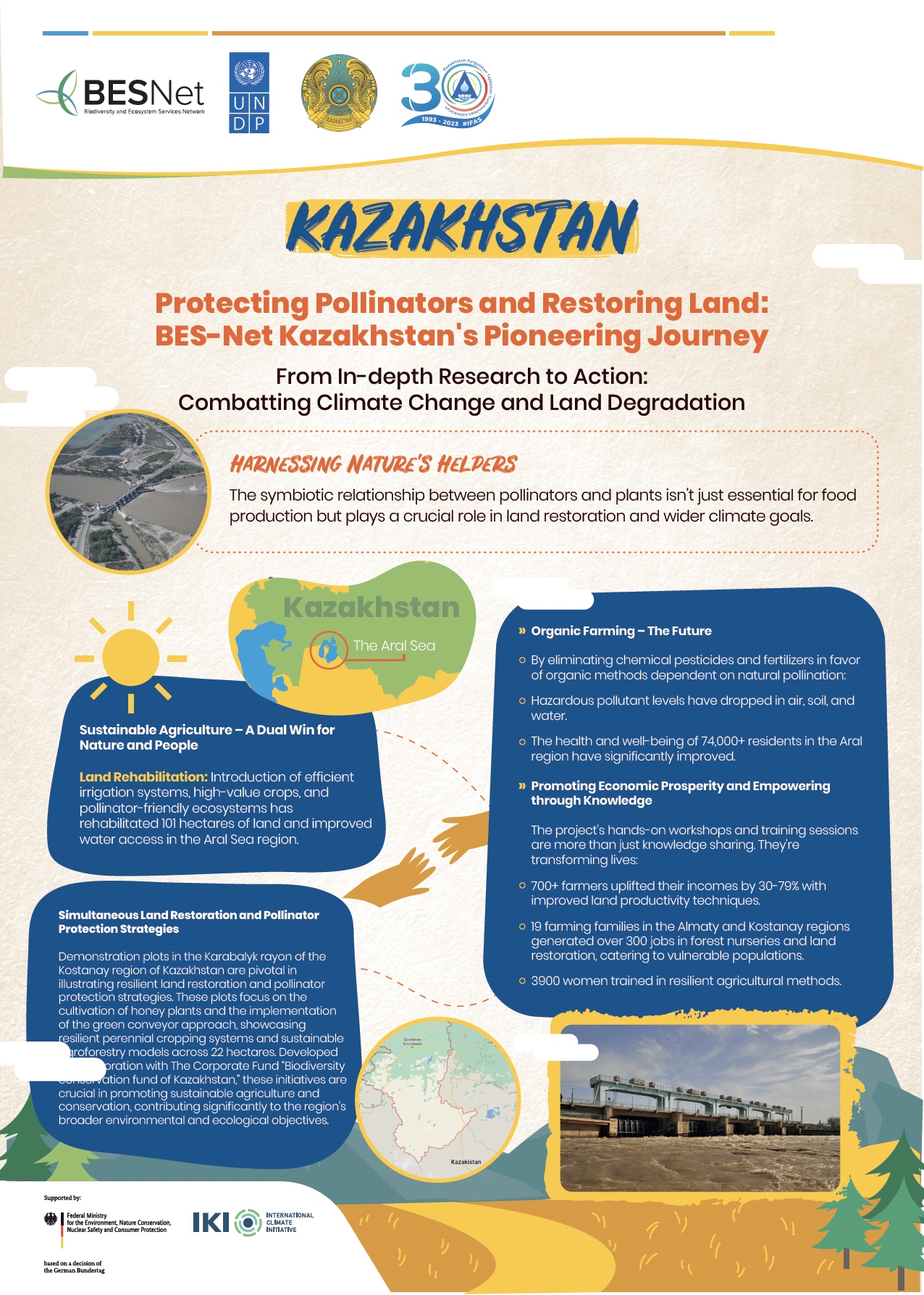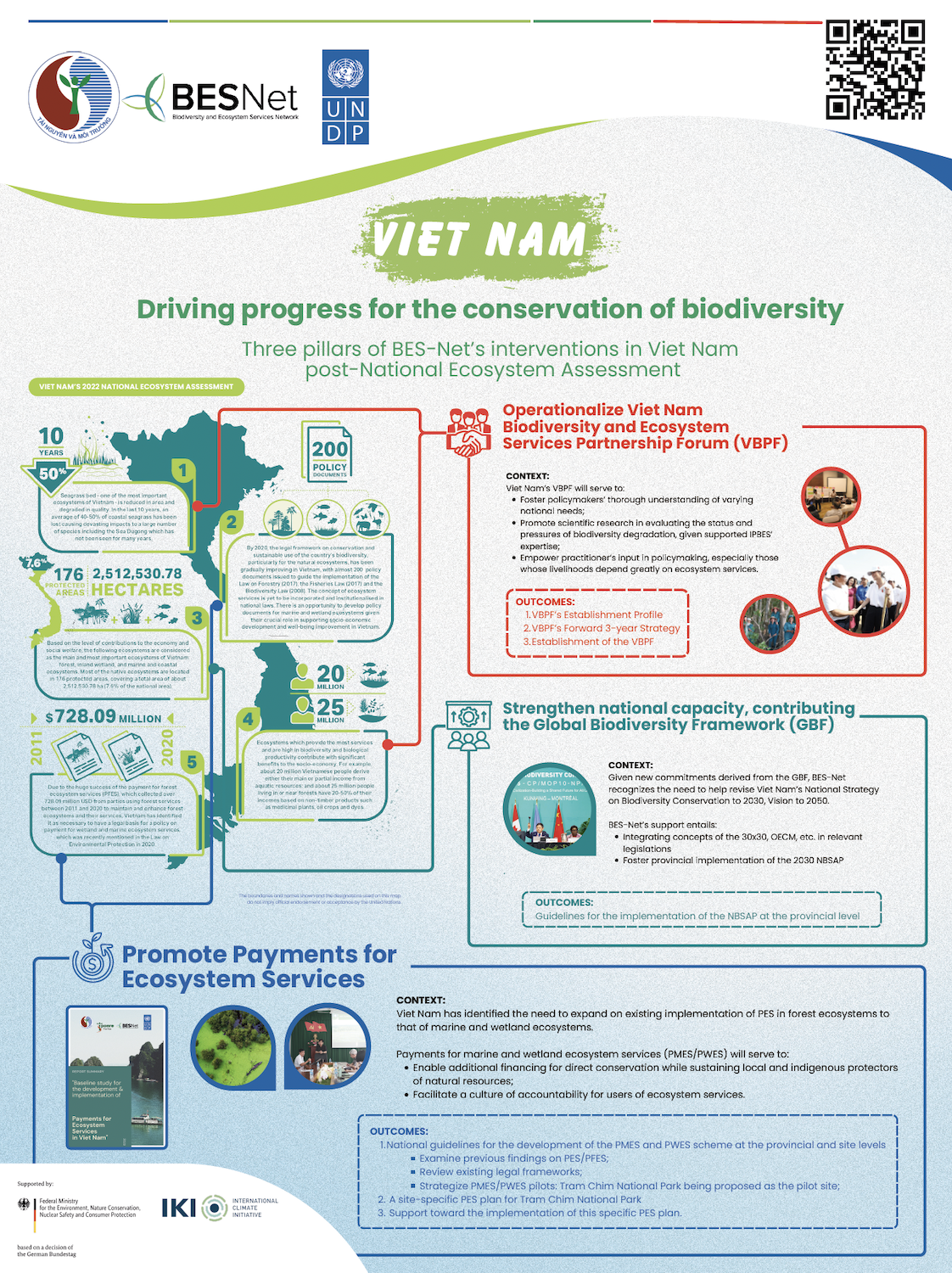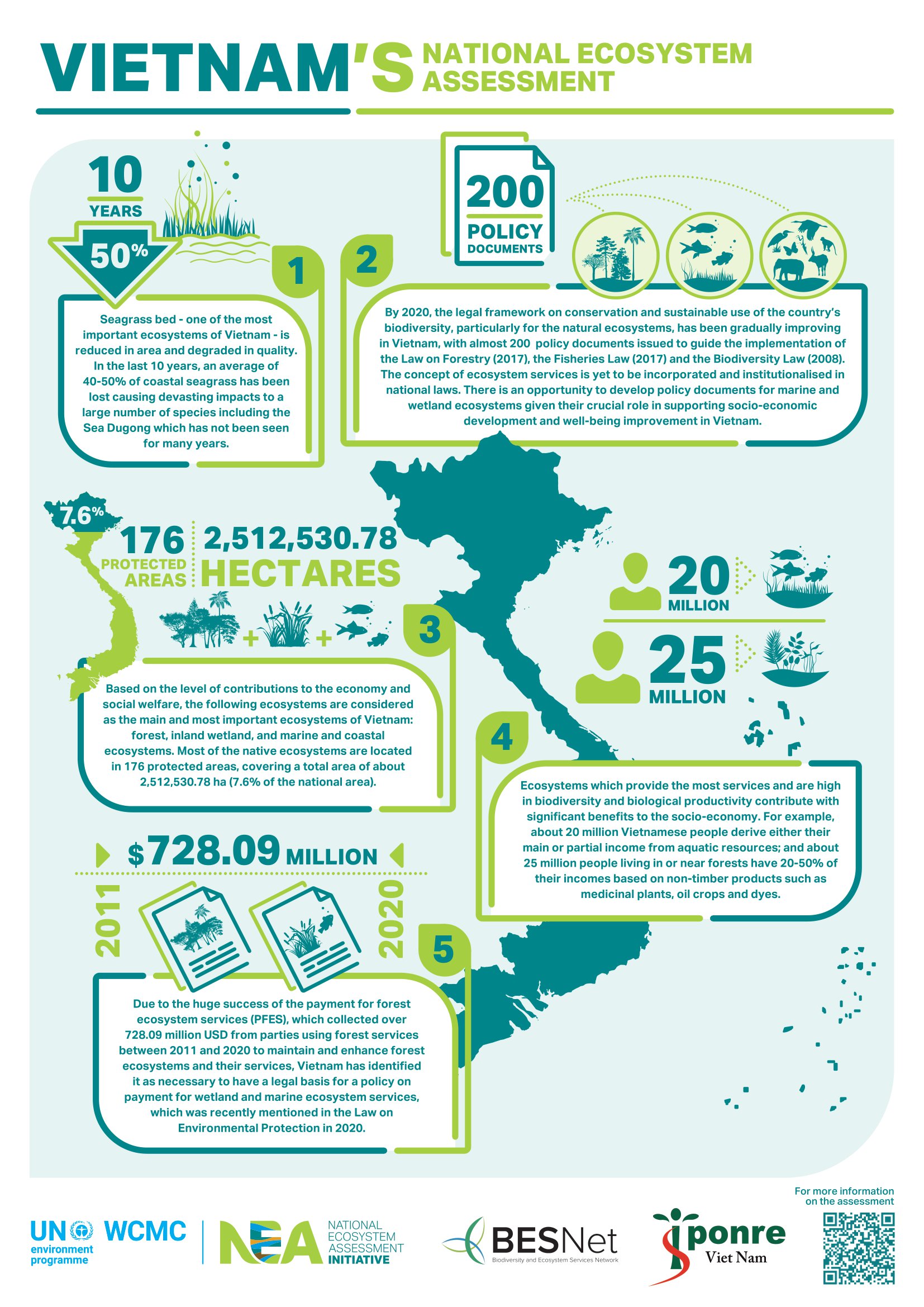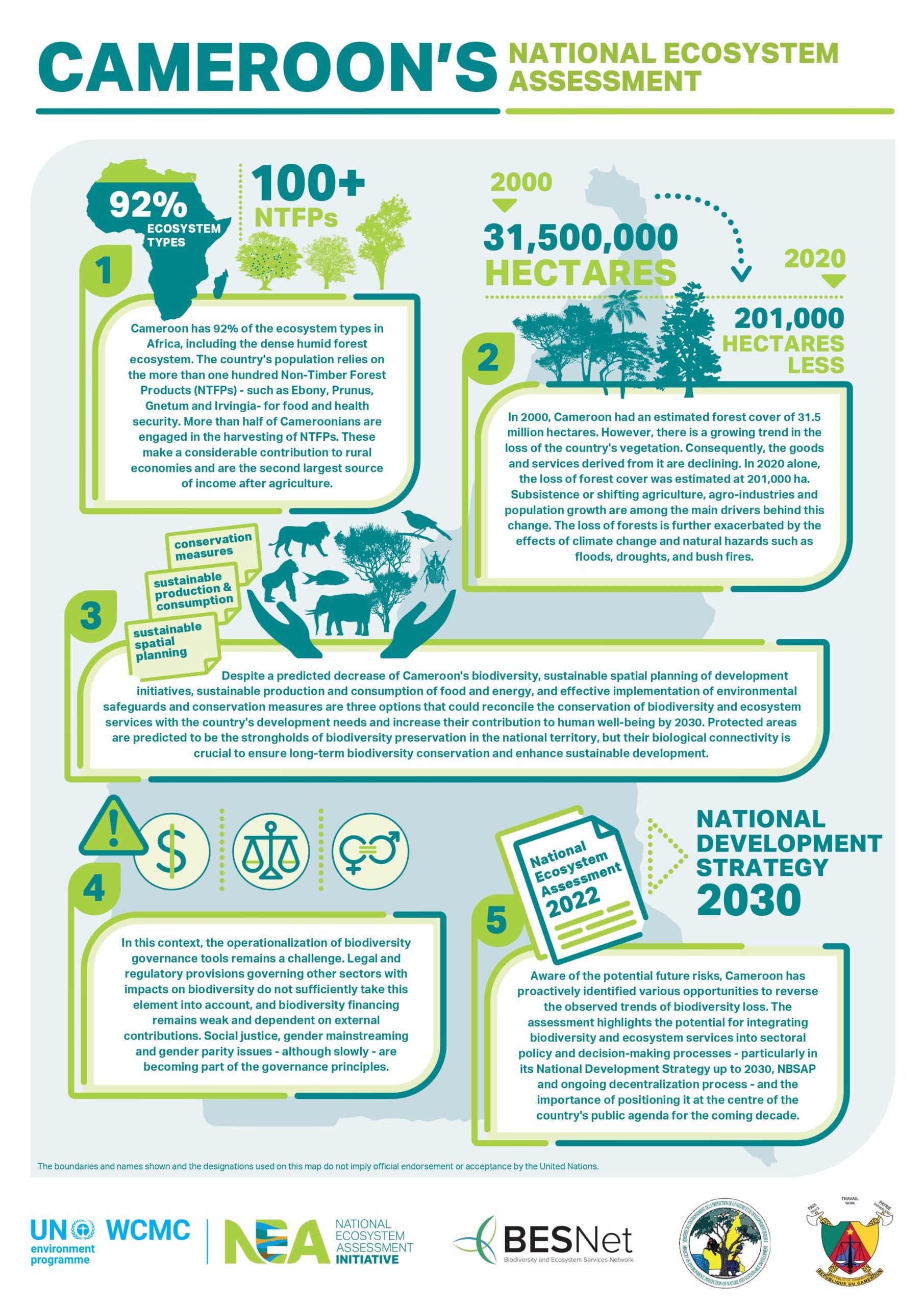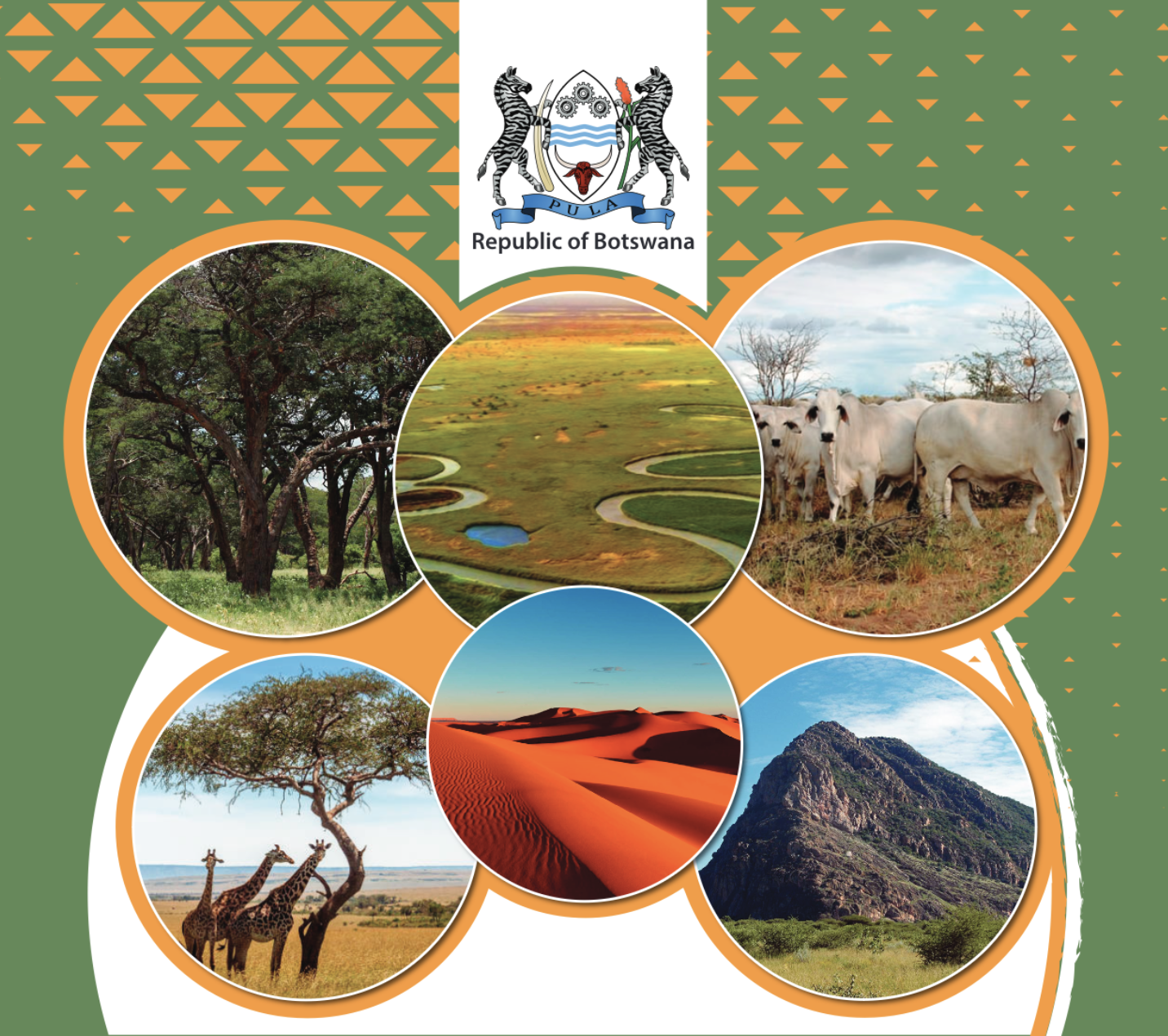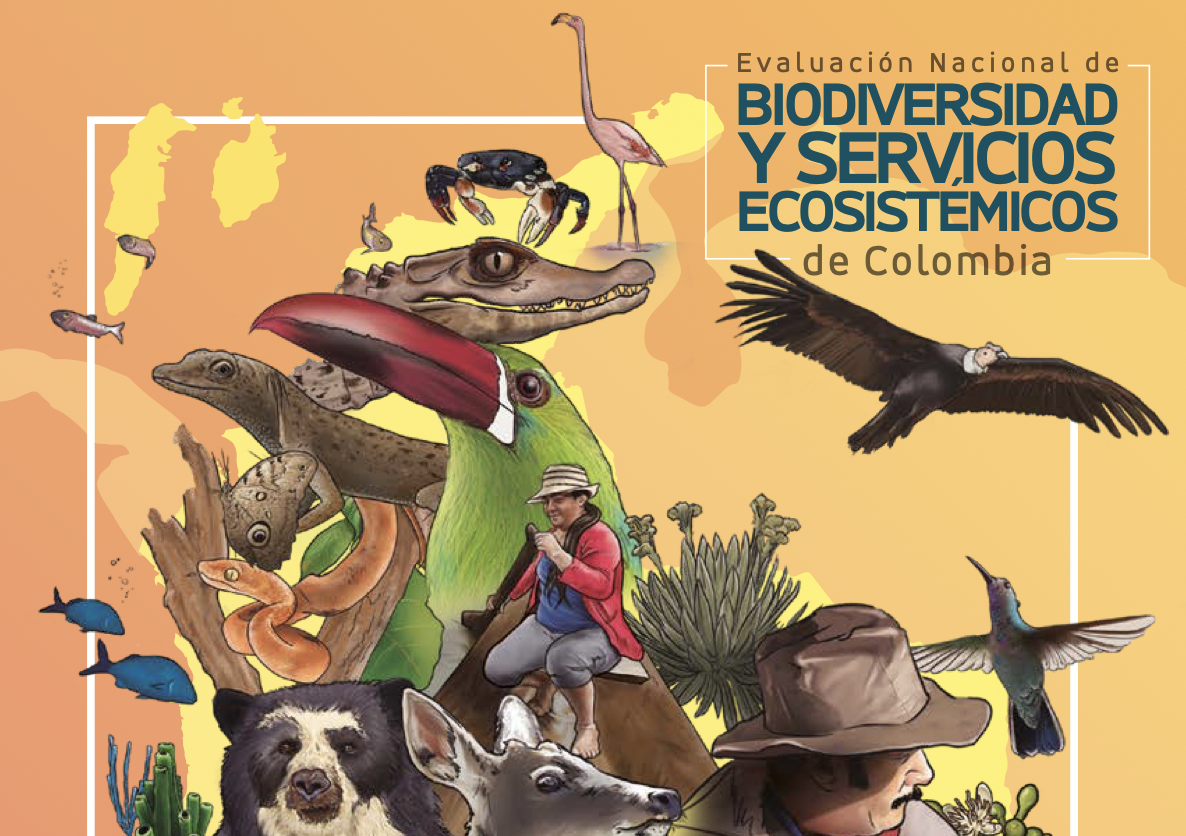Increasing pressure on the Earth’s ecosystems and their capacity to provide multiple ecosystem services (ES) has led to significant interest in understanding how landscapes can be managed to simultaneously provide ES for multiple stakeholder groups (DeFries & Nagendra, 2017; Neyret et al., 2021). Previous work shows that providing high levels of multiple ES within a single landscape is often challenging, due to trade-offs between ES (Castro et al., 2014; Howe et al., 2014; Turkelboom et al., 2018). Within social-ecological systems, two types of trade-offs can emerge (see Table S1 for a glossary of terms). First, there may be biophysical- and management-induced trade-offs between ES. These supply-based trade-offs have been the focus of most research to date, in particular the commonly observed trade-off between agricultural productivity and many other regulating and cultural services (Batary et al., 2017; Turner et al., 2014). The second type of trade-offs are driven by human preferences and have received far less attention. Here, stakeholders may prioritize differently and potentially opposing ES that is provided by different components of ecosystems (e.g. a predator species or its prey) or from different management systems (e.g. forests or croplands; García-Llorente et al., 2015; Wang et al., 2019), and demand different levels of them. These two types of trade-offs can interact over time as ES priorities (i.e. the relative importance of ES to stakeholders, based on Chan et al., 2012) and demand (i.e. ‘the amount of a service required or desired by society’, Villamagna et al., 2013, 116) shape management practices, for example by increasing the species or land-use types prioritized by certain groups. Subsequently, the ES supplied by the landscape changes, resulting in winners, losers, and conflicts between stakeholder groups (Mehring, Bernard, et al., 2017; Spierenburg, 2012). Resolving such conflicts requires an understanding of not only which management actions will minimize trade-offs in ES supply, but also what shapes the patterns of ES priorities, as actions that shape these could also reduce trade-offs.
Cultural worldviews consistently explain bundles of ecosystem service prioritization across rural Germany
Year: 2021




















































































































































































































































































































































































































































































































